Tag: 19th-century
-
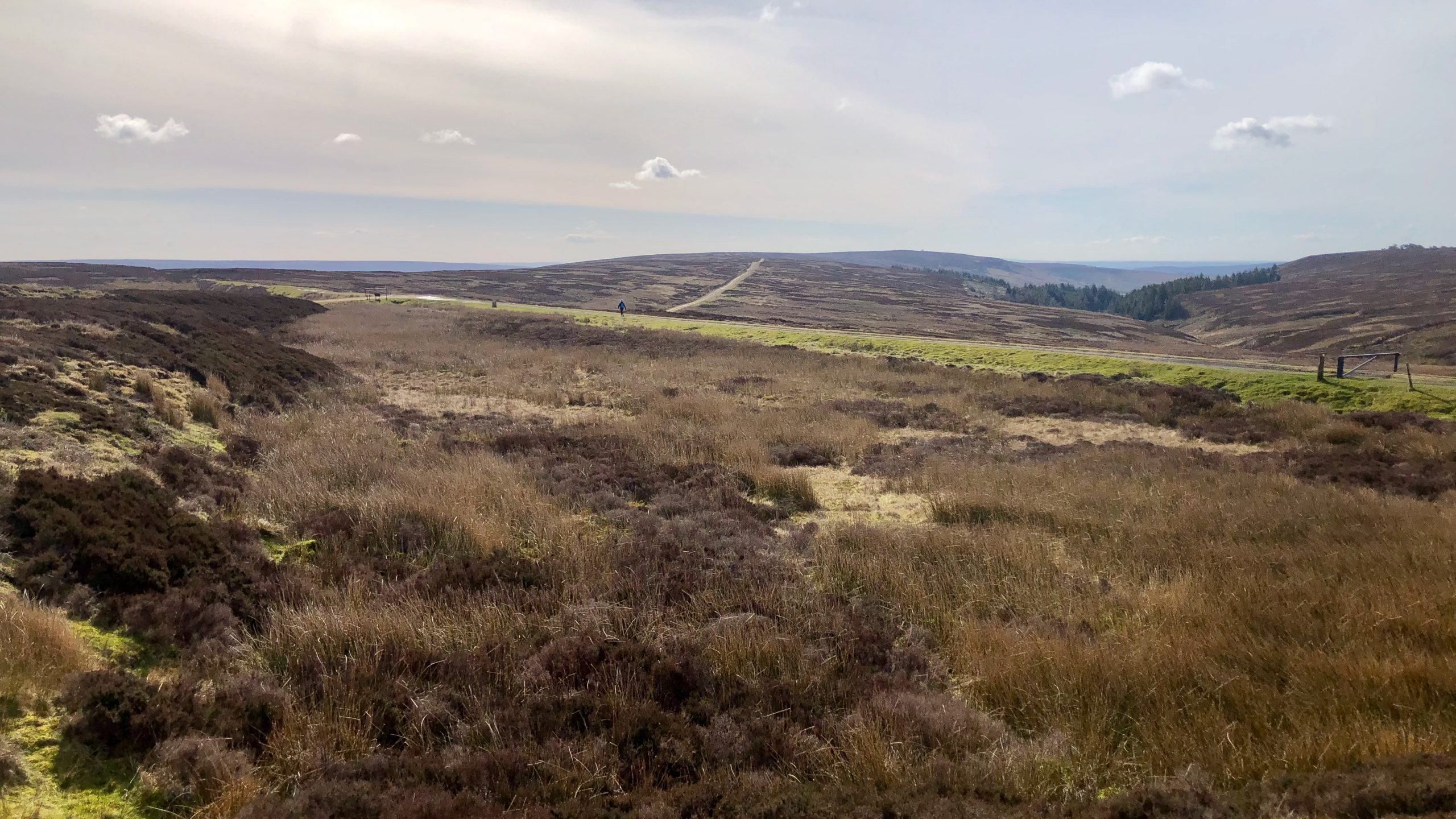
Bloworth Crossing
Or Blawith, as I’ve seen it written. Or Blowith. Many names, but a well-known feature on several long-distance path over the moors. Where the Rosedale mineral railway crossed the ancient track along Rudland Rigg, a track which, in 1934. Alec E. F. Wright described as a “grass road” and “exhilarating”. In the 21st-century, the Rudland…
-
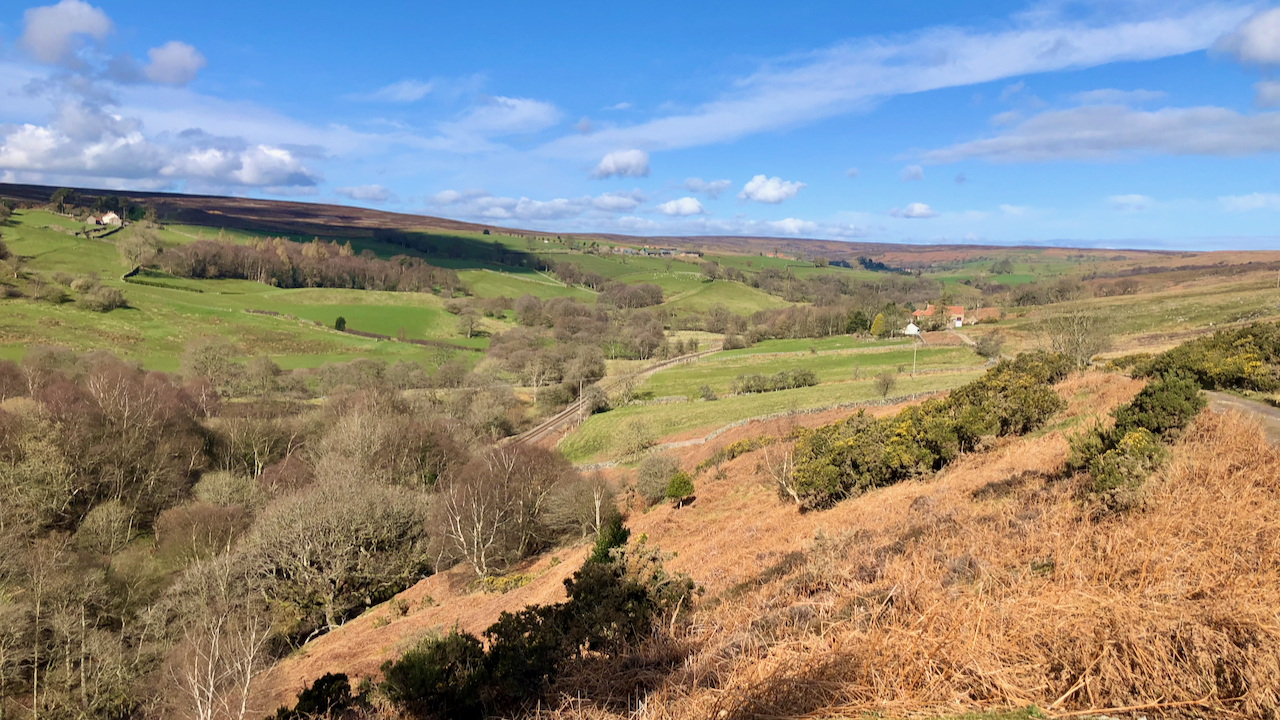
Commondale Bleach Mill
Another item on my bucket list ticked off. Commondale Beck is barely two miles long from its start at the meeting of Sleddale and Ravengill Becks to its confluence with the River Esk, although its meanderings might push it over this distance. About 175 metres from Commondale Railway Station on the west Guisborough parish side…
-
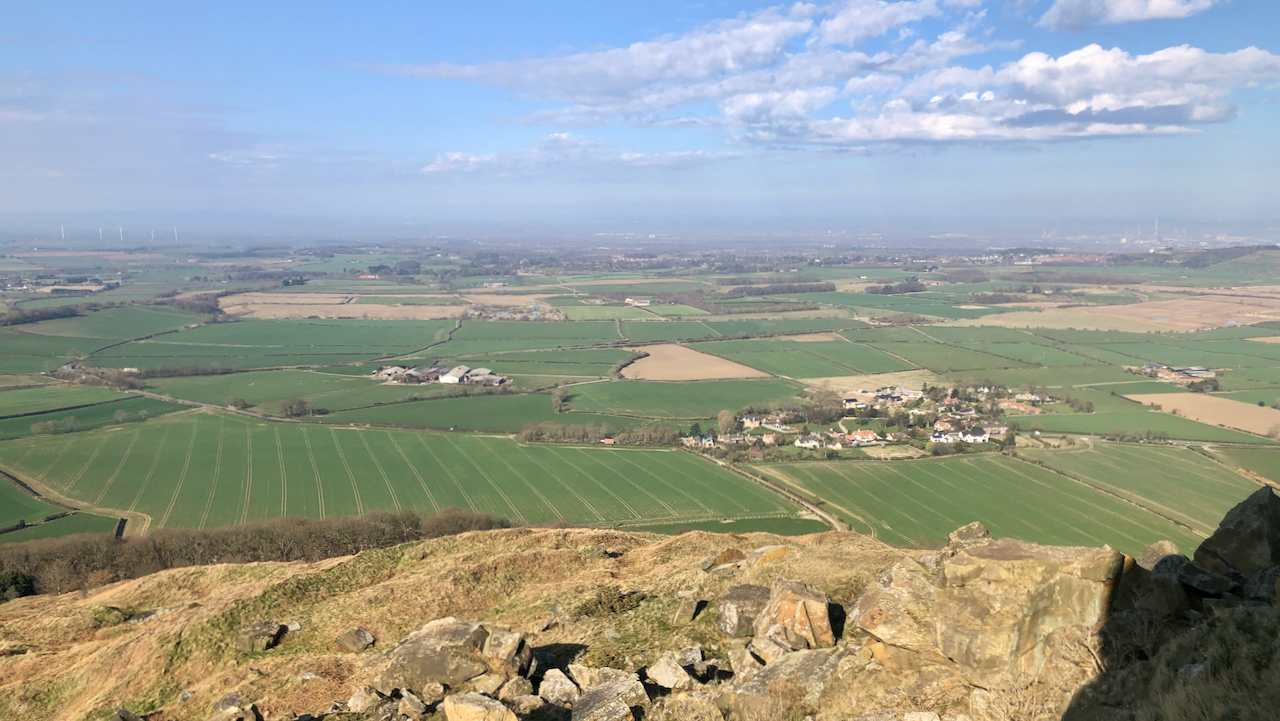
Newton-under-Roseberry
Otherwise known as Newton-in-Cleveland. The base camp for any ascent of Roseberry Topping. The renown local historian John Walker Ord, writing in 1846, described Newton as “a small, dirty, insignificant village, consisting of a few small huts, without any pretensions to beauty or order whatever”. Twelve years later, Walter White (an early tourist from Berkshire)…
-

“Baa, Baa, Black Sheep!”
Ah, warm sunshine and lambs gambolling in the fields. A sure sign that Spring is here. Everyone knows the nursery rhyme. Once said to have been a proletarian cry in the Middle Ages because the tremendous demand for wool meant that farming land had been turned into pasture for sheep. Thousands of farmhands were thrown…
-
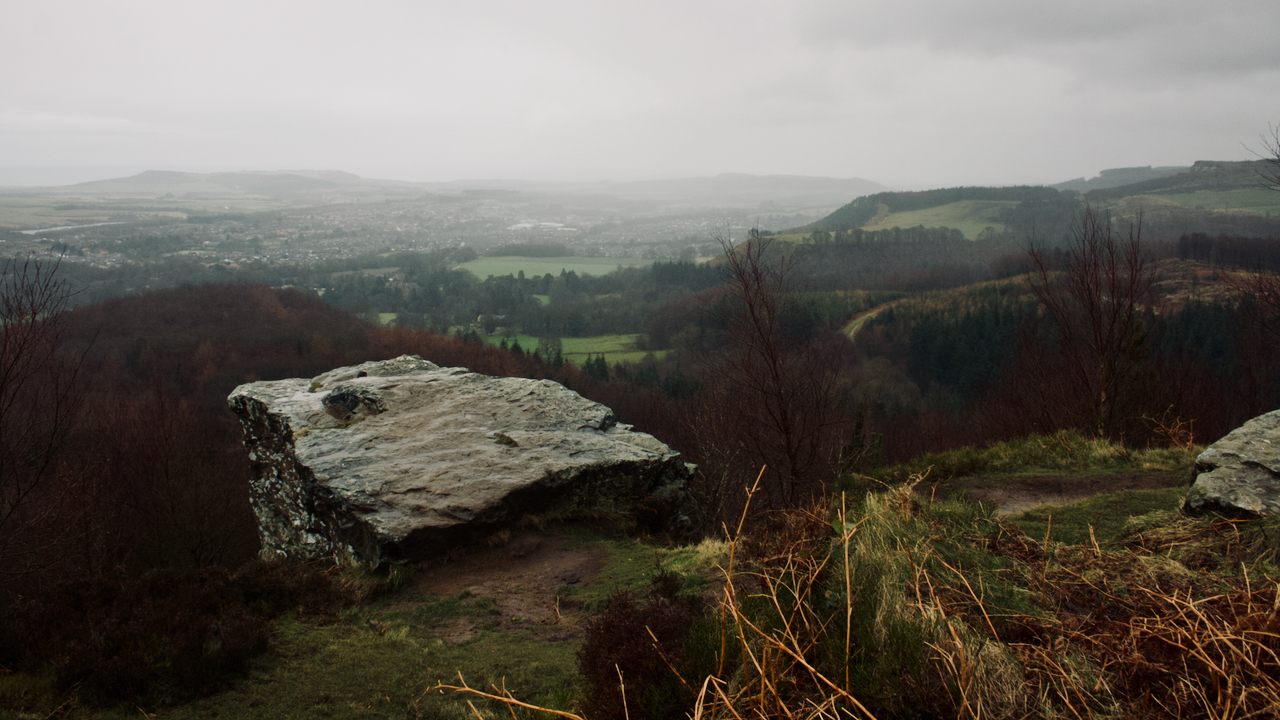
Sir Alfred Pease
“I always considered that the best, highest and most difficult pheasants in England were the ones sent over the guns from Hanging Stone and the hill tops of Hutton and Pinchinthorpe, for they were not only very high and fast, but divers and twisters. I see guns on November 21st and 22nd shot 562 of…
-
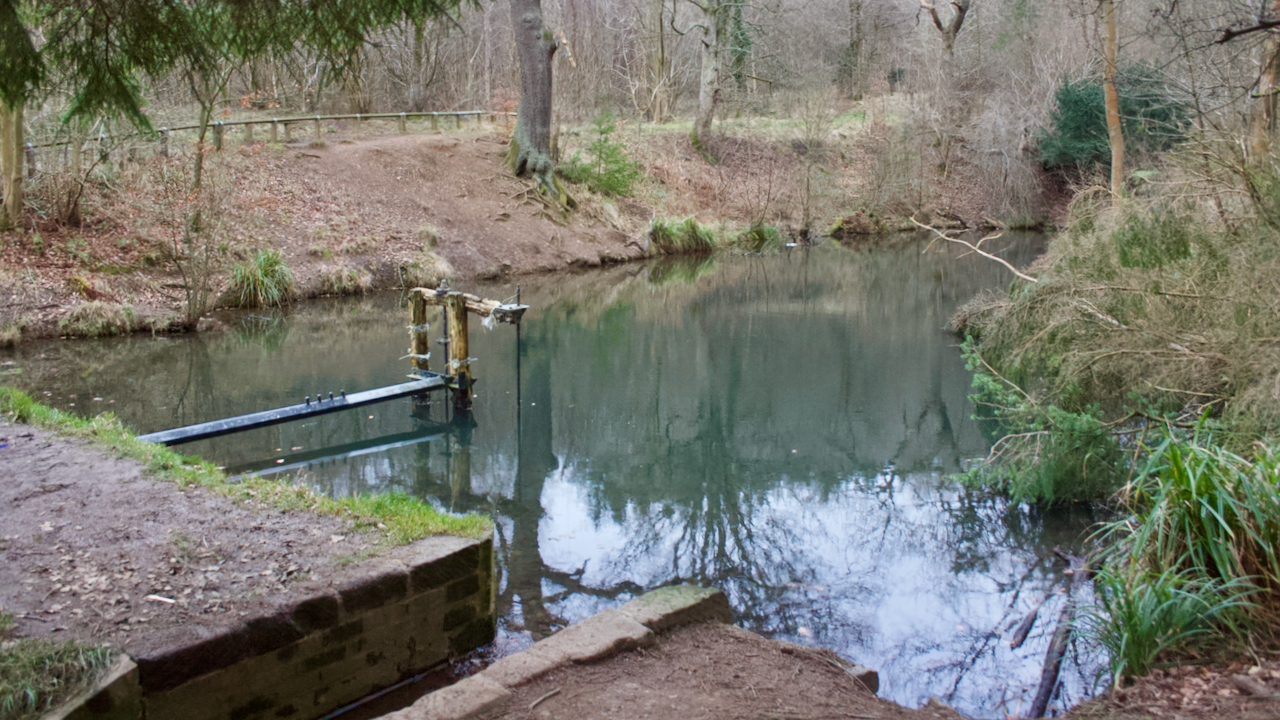
Blue Lagoon
It definitely had a blue tinge about it, a result of the mineral washing out of the alum shales. Blue Lagoon or Blue lake is a late-19th-century reservoir built to provide a head of water to hydraulic hoist and water turbines at Home Farm. It was built by Sir Joseph Whitwell Pease, the industrialist and…
-
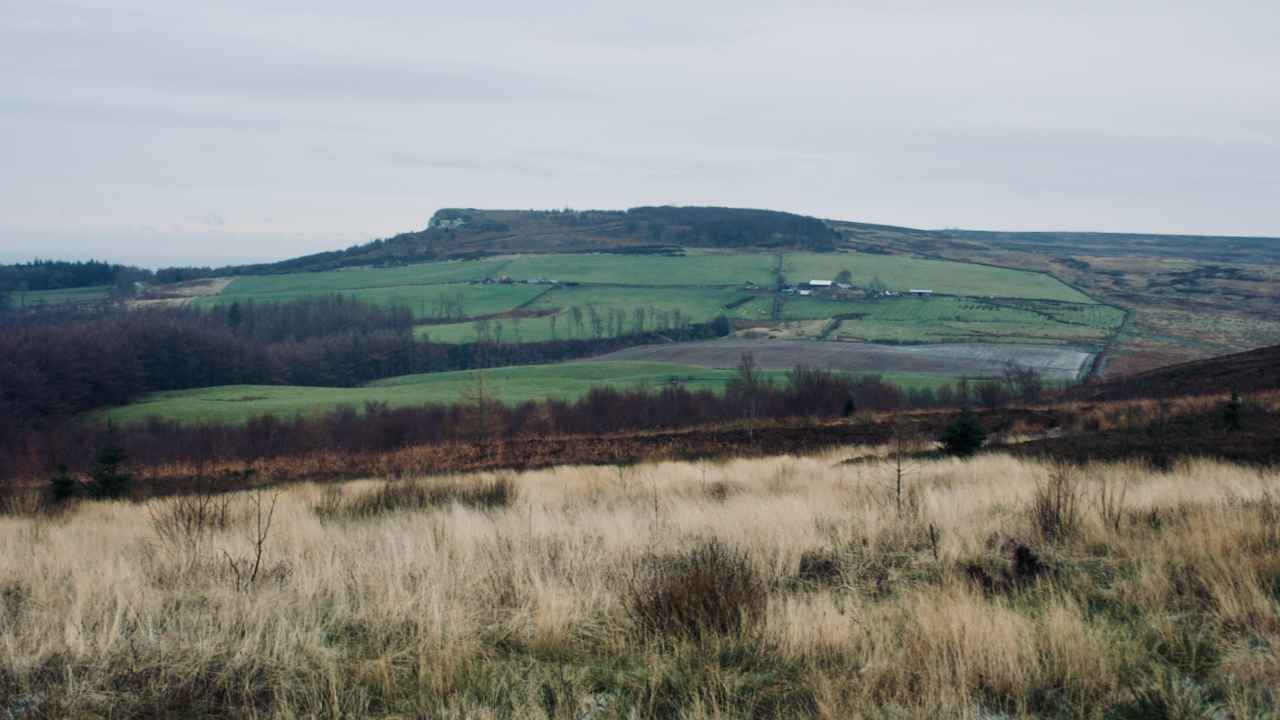
Codhill Farm and Bold Venture
It’s not the most obvious place to site a farm, on the col between Highcliff Nab and Great Ayton Moor. A col unsheltered from both northerly and southerly winds. The col was formed as a spillway to the south from lakes formed between the north-facing escarpment of the Cleveland Hills and the glacier flowing along…
-
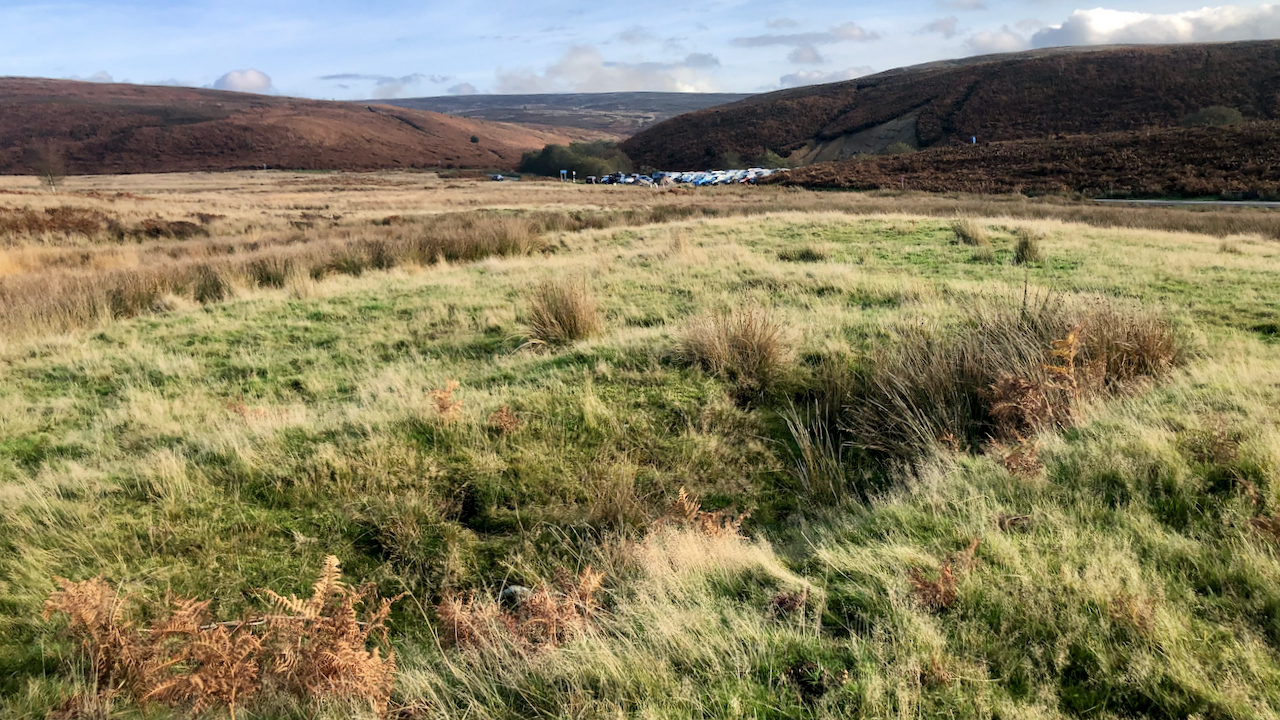
Scarth Wood Moor
Another one of those local tales. I was told by an Osmotherley resident a few months ago, that this gulley, about 3 metres long and a metre or so deep, was used for rifle practice by a “home guard” unit during WW1. Now I’m not sure if there was a home guard during that war.…